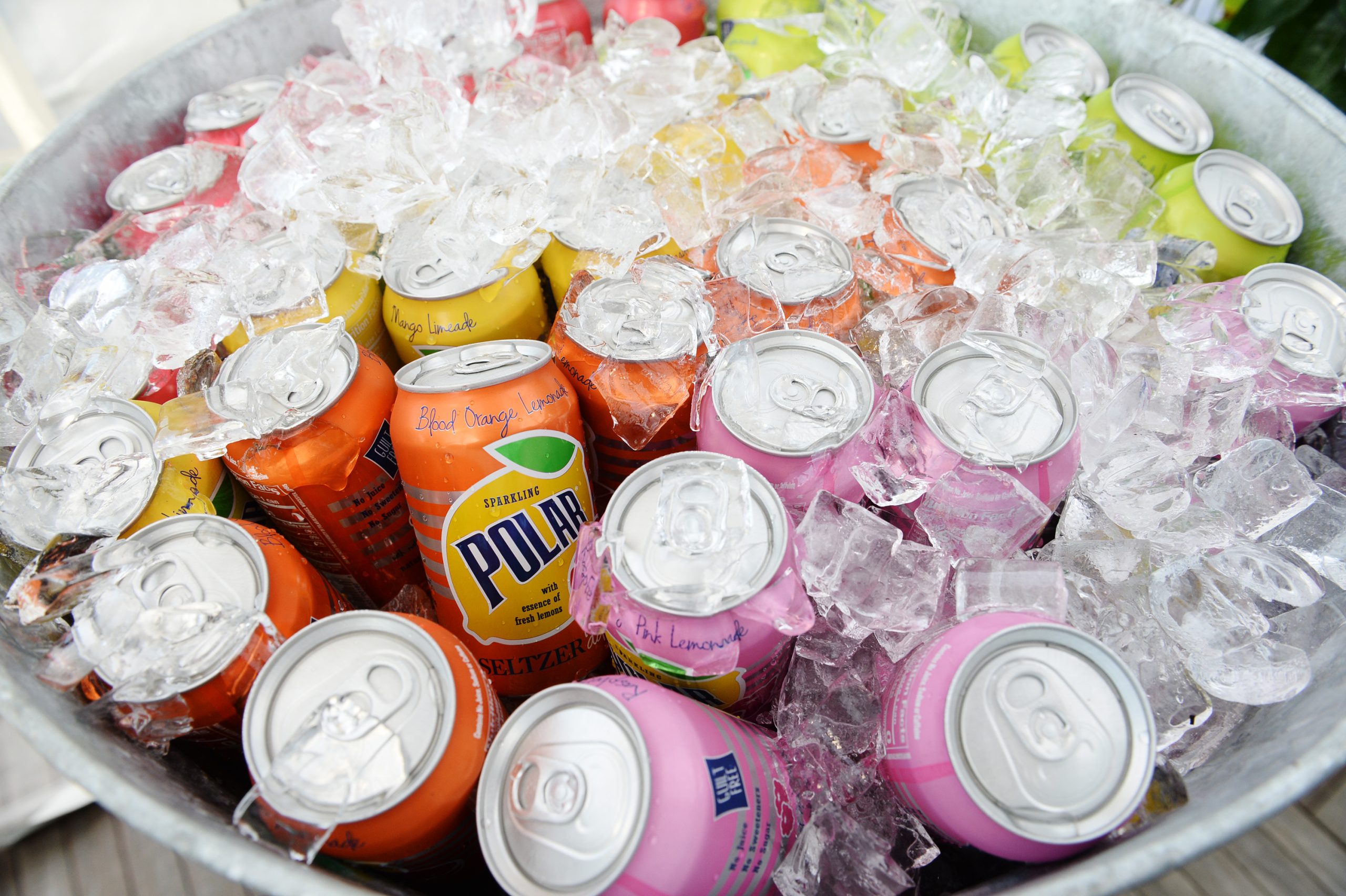Plastic, plastic, plastic everywhere. The development of plastic started in pre-modern times. Firstly, natural plastic materials like gum and shellac were used in small items like toys, rubber-like bands, and lanterns. As time went on, those natural plastics were treated with chemical modifications via milk proteins, cellulose, and collagen. Eventually, Alexander Parkes invented Parkesine in 1855, which became considered the first man-made plastic. Since then, plastic has slowly but surely seeped into the worldwide supply chains. Between 1950 and 2017, the world and its people produced an estimated 9.2 billion metric tons of plastic.
This might not be a problem if plastic wasn’t so pernicious. Plastic, however, causes widespread environmental problems, as it takes forever to degrade, if at all. Furthermore, most plastic sees a single use, before it’s dumped back into the environment or our bodies. In recent years, however, considerable studies have been conducted on the danger of plastic to our bodies. A very recent study found microplastics like phthalates in every part of the human body, including our reproductive organs. As such, the widespread use of plastics and their microplastic derivates becomes increasingly concerning. In this article, we will explore the levels of plastics found in beverages. Some of the findings will shock you. (For a more general survey of food containing microplastics, explore foods with the most plastic chemicals.)
To compile a list of the beverages with the most plastics, 24/7 Tempo relied heavily on the study published by Consumer Reports regarding the level of plastics and BPAs found in foods. From there, we confirmed aspects of the research and information about microplastics using sites like WebMD, the National Library of Medicine, and the United States Environmental Protection Agency.
What are Phthalates?
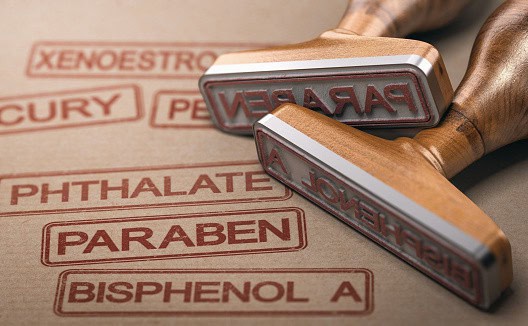
While there are many varieties of microplastics, for our purposes, we will be focusing on plasticizer compounds called phthalates. It’s hard to specify exactly what phthalates are, except they are chemicals used to make plastic softer and more flexible. The word phthalate, however, does not describe a single compound. Instead, it represents an entire constellation of chemicals used in the treatment of plastic products.
In scientific terms, phthalates are esters of phthalic acid. Back in the 1850s, castor oil was used as an early plasticizer. These were replaced by camphor in the 1870s as the preferred plasticizer chemical. Camphor, however, was odorous and unstable, which led to the introduction of phthalates as the preferred plasticizer chemical. Originally, phthalates were used primarily for PVC-type plastics. It should be noted, however, that while most phthalates are plasticizers, not all plasticizers are phthalates.
The Findings
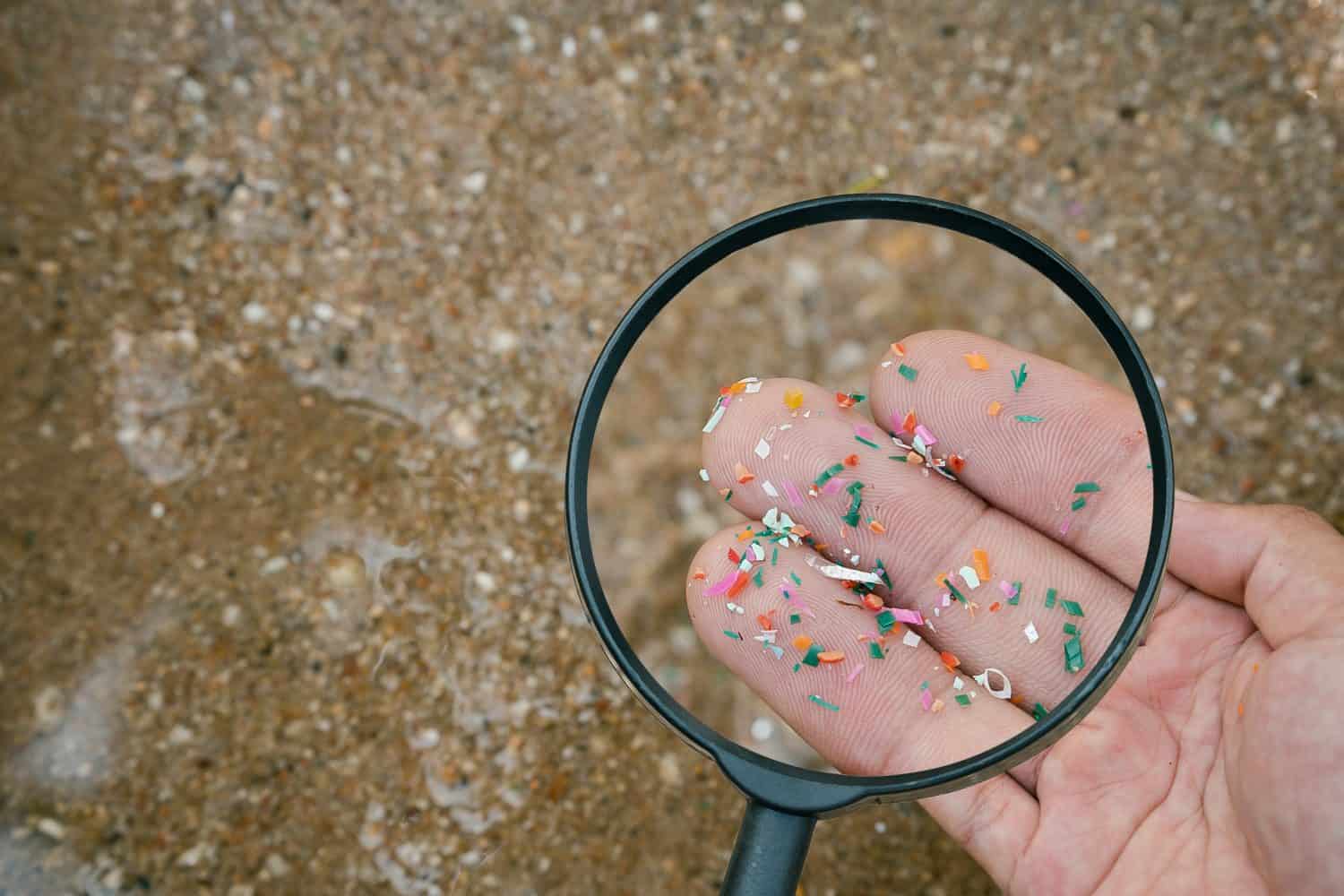
The findings of the newest study published by Consumer Reports regarding microplastics in our foods are concerning. Consumer Reports tested a variety of foods available for purchase. These included fast food items, commercially available drinks, and fresh meats available at grocery stores. According to Consumer Reports, they found microplastics like phthalates “in almost every food we tested, often at high levels.”
Furthermore, it made little difference what type of food they tested or how the items were packaged. Nearly all the items tested contained some level of phthalates. Frankly, it was hard for Consumer Reports to find a rhyme or reason why certain products contained trace amounts of phthalates while others contained shockingly high levels. It didn’t matter if the food or beverage came in a cardboard box, an aluminum can, or a plastic bottle. Regardless of delivery method or packaging, microplastics like phthalates reared their head.
This may be of little concern if phthalates didn’t spell trouble for people’s health. New research published by The Minderoo-Monaco Commission on Plastics and Human Health found that phthalates are endocrine disruptors. This means they can interfere with the normal regulation and production of hormones like estrogen. Disruption of these hormones can lead to long-term effects like diabetes, obesity, birth defects, premature births, cardiovascular disease, and even cancer. What’s sinister about endocrine disruptors like phthalates is their effects sometimes take years, or even decades, to manifest in the body.
How do they get in our food?
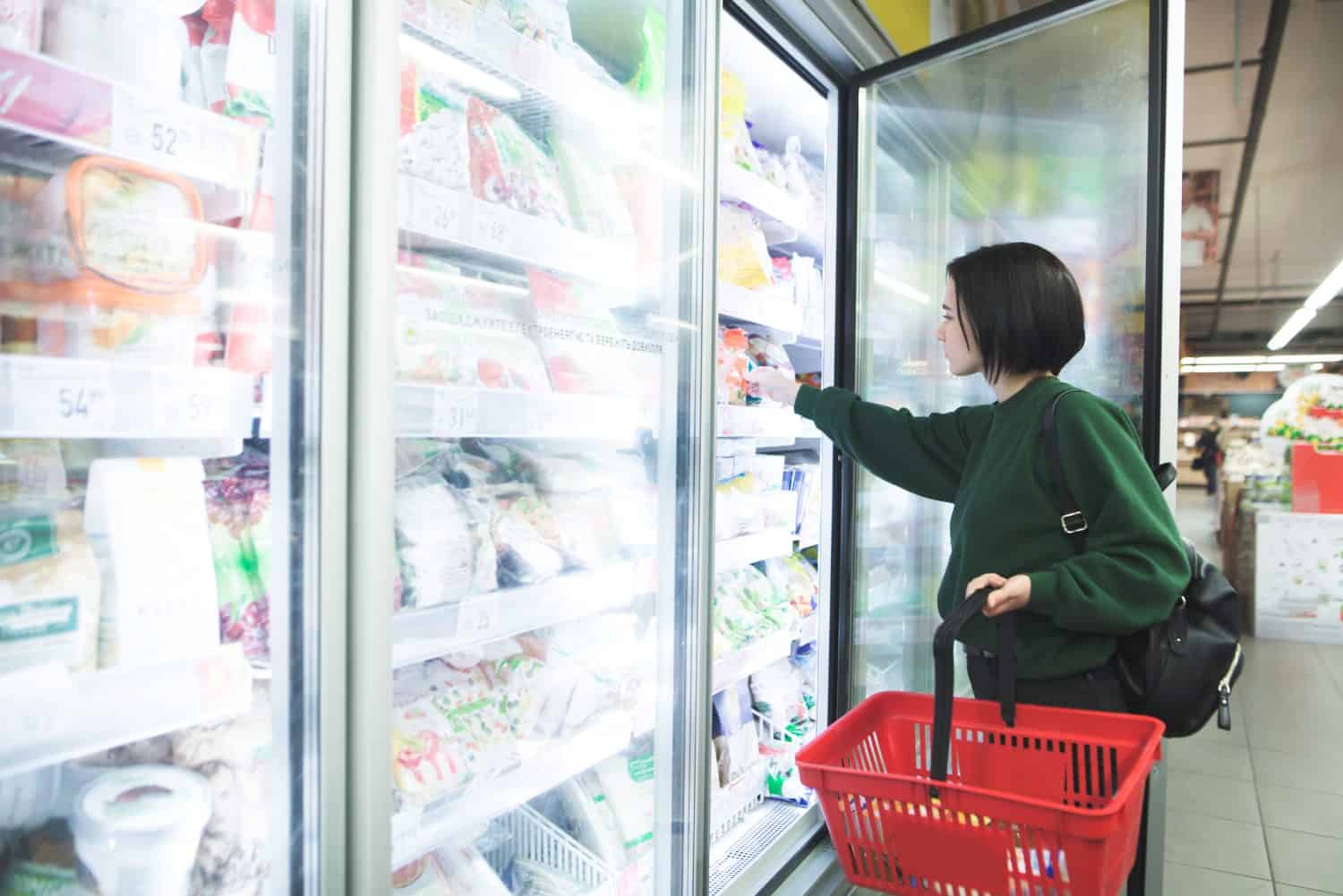
According to the findings published by Consumer Reports, despite consolidated supply chains, phthalates get into our food supply in various ways. Furthermore, there’s a chance for microplastics to seep into food at basically every step on the chain. Plastic trash dumped in landfills causes microplastics to slowly seep into the soil. If landfills burn trash, however, the microplastics can seep into the air. At the agricultural level, animals may consume water already tainted with phthalates. Furthermore, plastic mulch is often used to suppress weed growth, giving plants and animals further exposure to microplastics.
Higher up the food chain, the processing of food and beverage products provides the perfect environment for microplastics like phthalates to spread. Pasteurization of foods can speed up plastic leeching, and flexible plastic tubing used to transport foods down the factory line can play a part, as can the conveyor belts due to the plasticization of the machinery.
The use of plastic is so widespread, it’s quite frankly hard to avoid it. It shows up in everything, from mulch to large bodies of water across the world. It even shows up in our blood. This wouldn’t be a problem if plastic degraded like other natural compounds. Instead, however, plastic hangs around forever. Most of the plastic produced, including naturally derived plastic products, does not degrade.
Put simply, plastic plays such a big part in our society that its trace chemicals have a chance to seep into food and drinks every step of the way. Much like bacteria or some kind of virus, microplastics like phthalates remain hidden from the senses. They can’t be tasted, smelled, or even touched. Yet, they seep into everything, from the ground we walk on to the beverages we drink. Though mostly inert, they cast a shadow over the entire world, one nanogram at a time.
Beverages with the most Plastics, according to Data

For the study undertaken, Consumer Reports tested 85 different food and beverage products, often analyzing two or three samples each. In total, they found 79% of the test samples contained levels of phthalates. As previously mentioned, it didn’t matter what kind of packaging the beverages were in.
All of them, save for one type of sparkling water contained considerable levels of phthalates in nanograms. Some of the beverages, particularly protein or meal replacement shakes, contained shocking amounts of phthalates. The good news, however, is the level of microplastics found was considerably lower than the last time they tested foods in 2009. Regardless, let’s explore their listings for beverages with the most plastics.
1. Fairlife Core Power High Protein Milk Shake Chocolate (plastic)
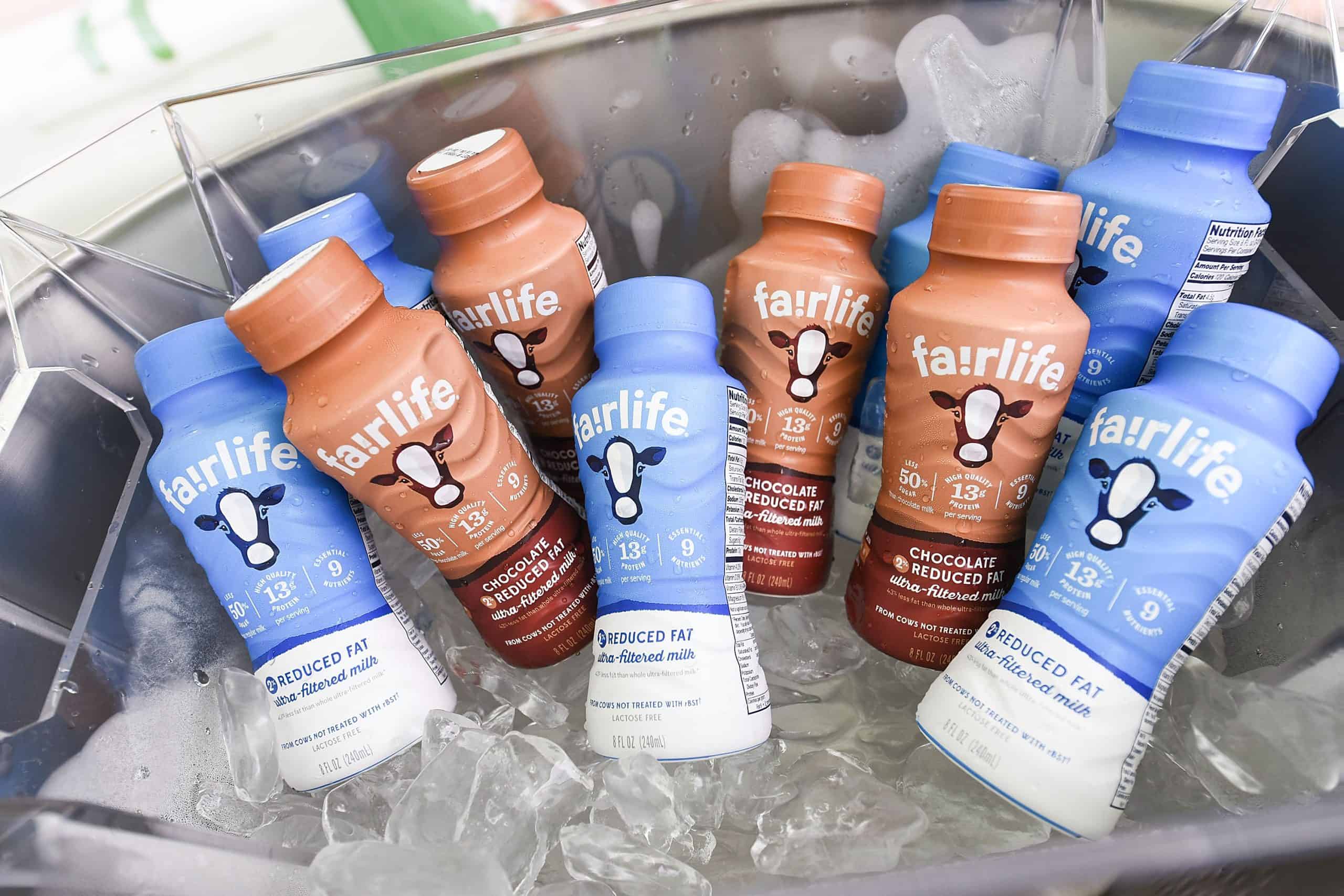
2. SlimFast High Protein Meal Replacement Shake Creamy Chocolate (plastic)
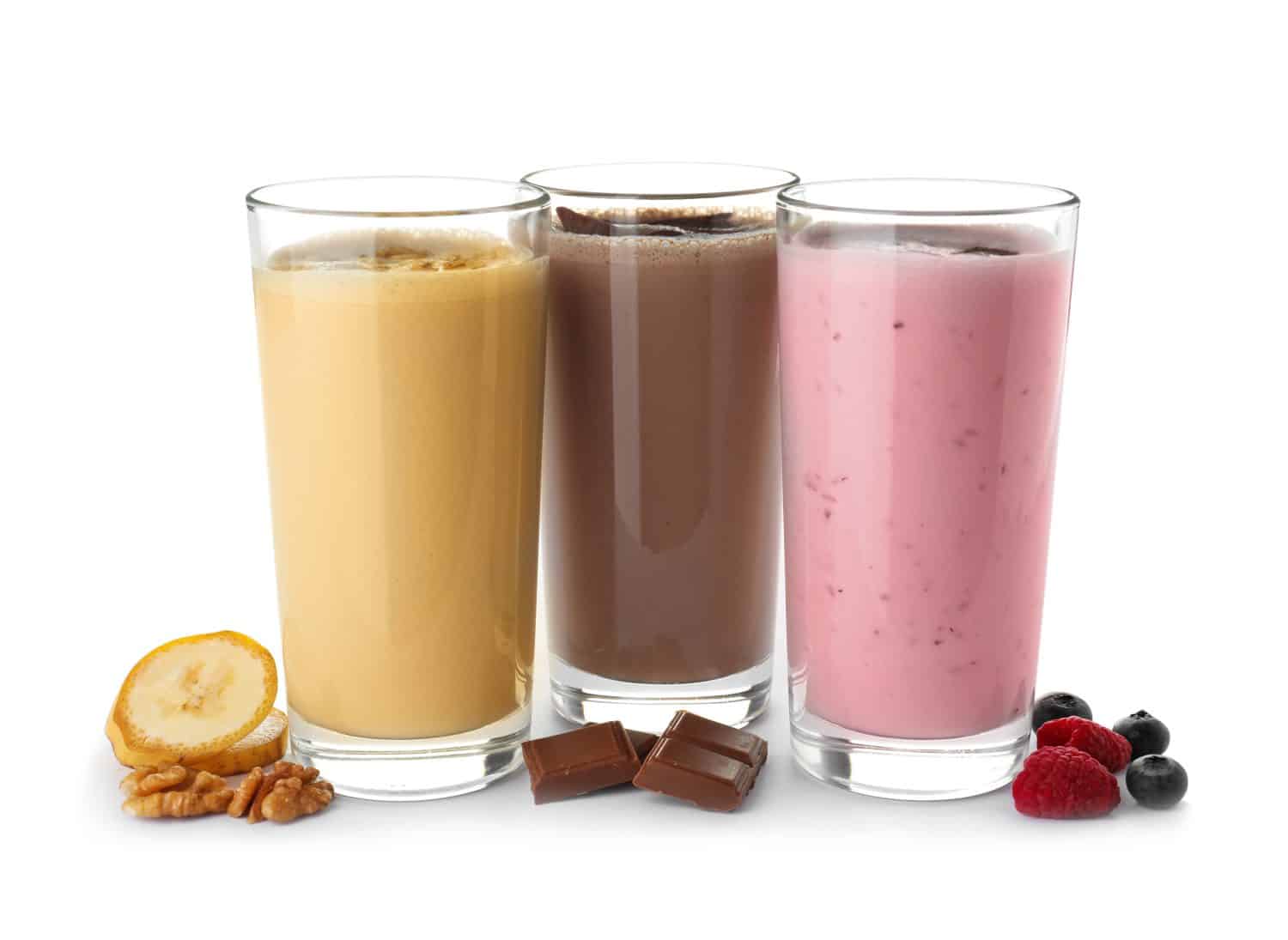
3. Tuscan Dairy Farms Whole Milk (plastic)

4. Brisk Iced Tea Lemon (can)

The fourth worst offender in terms of beverages with the most plastics is Brisk Iced Tea Lemon. While it may be a tasty and refreshing beverage on a hot summer day, these lemon-flavored iced teas contain 7,467 nanograms of phthalates per serving. Even though they are aluminum cans, these drinks still pack in the plastic.
5. Coca-Cola Original (plastic)
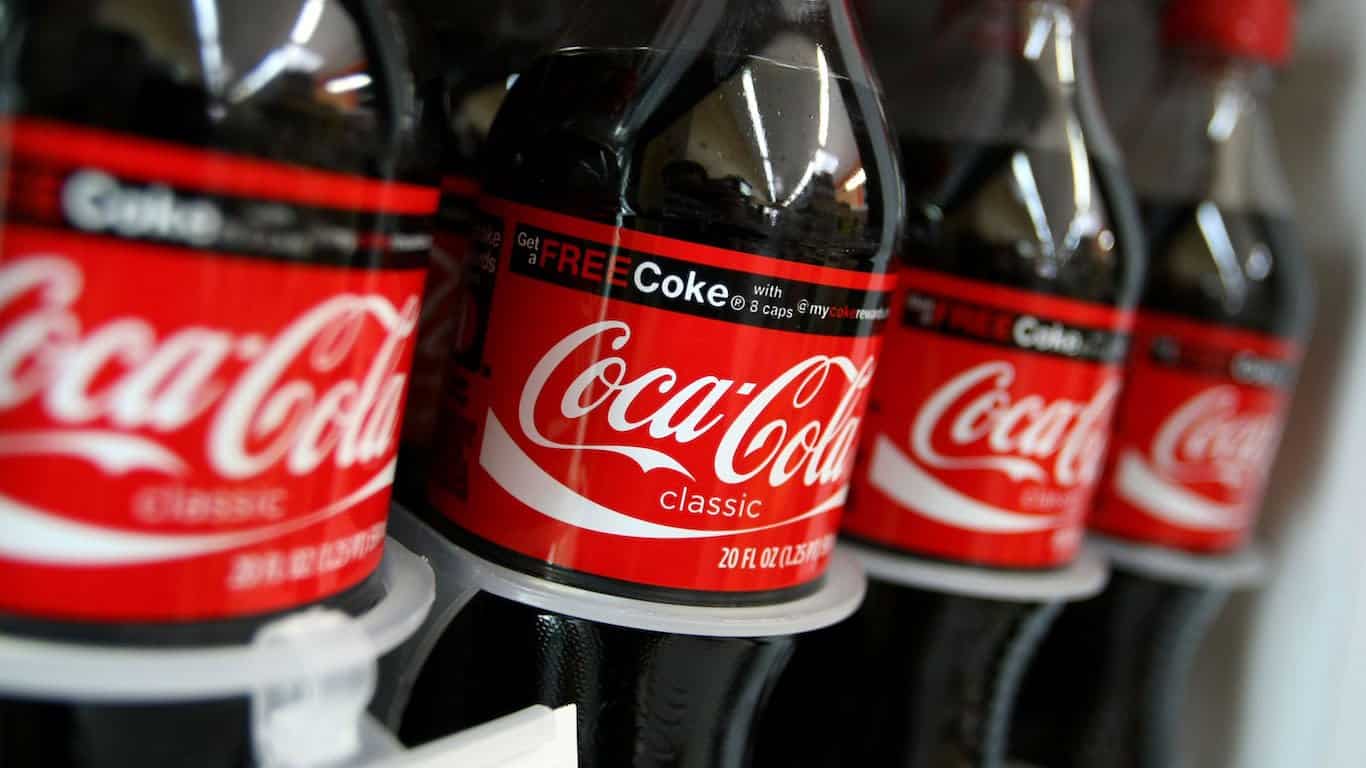
6. Lipton Diet Green Tea Citrus (plastic)
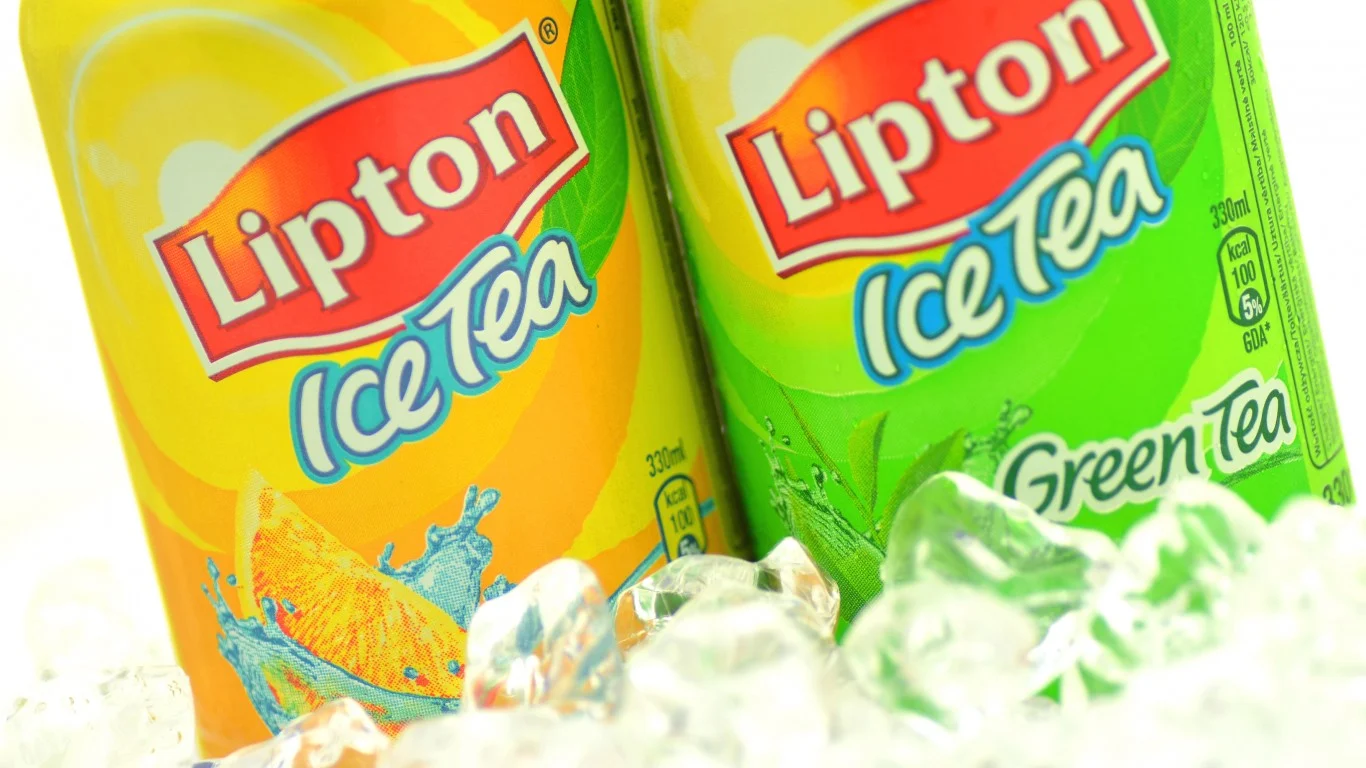
7. Poland Spring 100% Natural Spring Water (plastic)

8. Juicy Juice 100% Juice Apple (plastic)
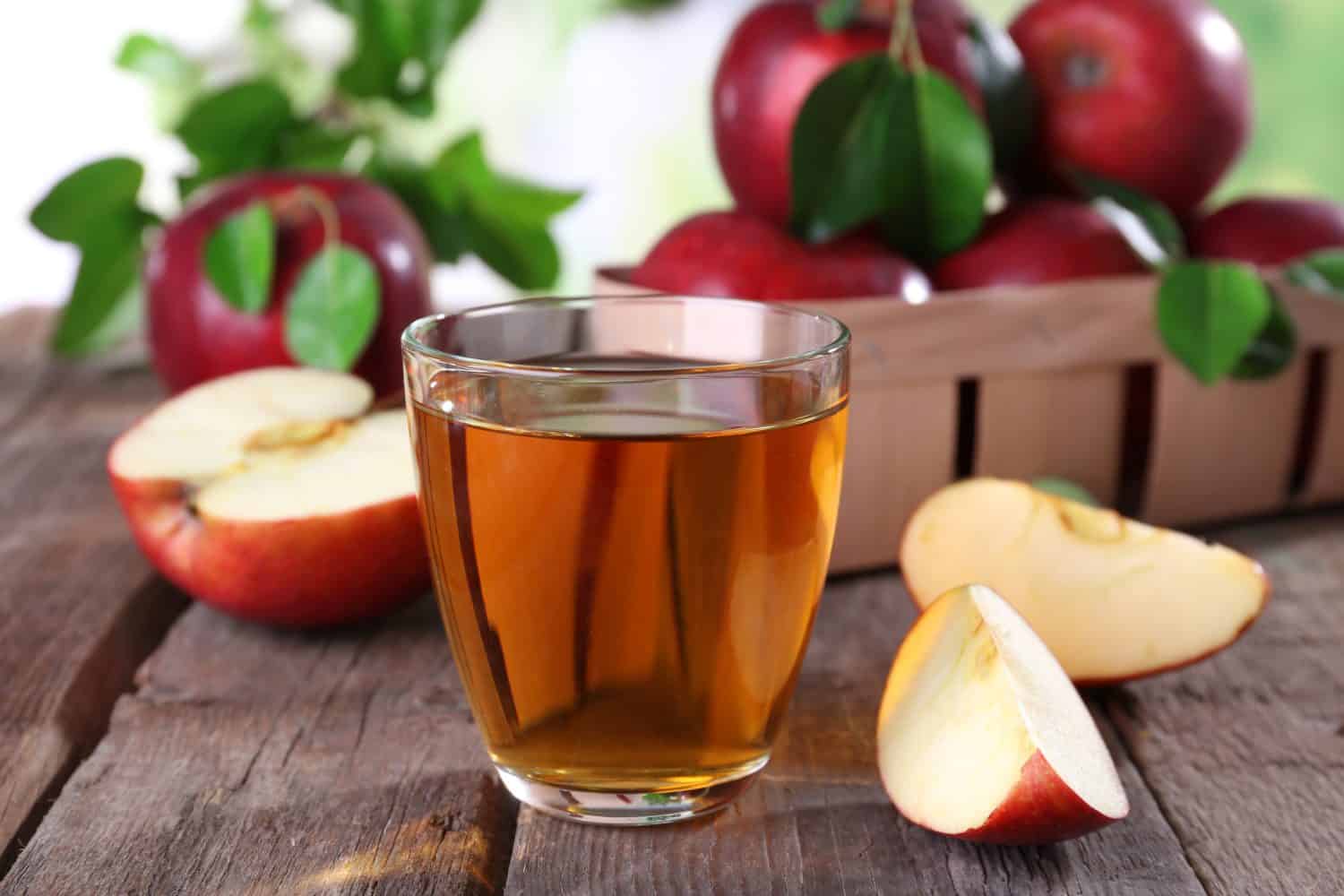
9. Pepsi Cola (can)
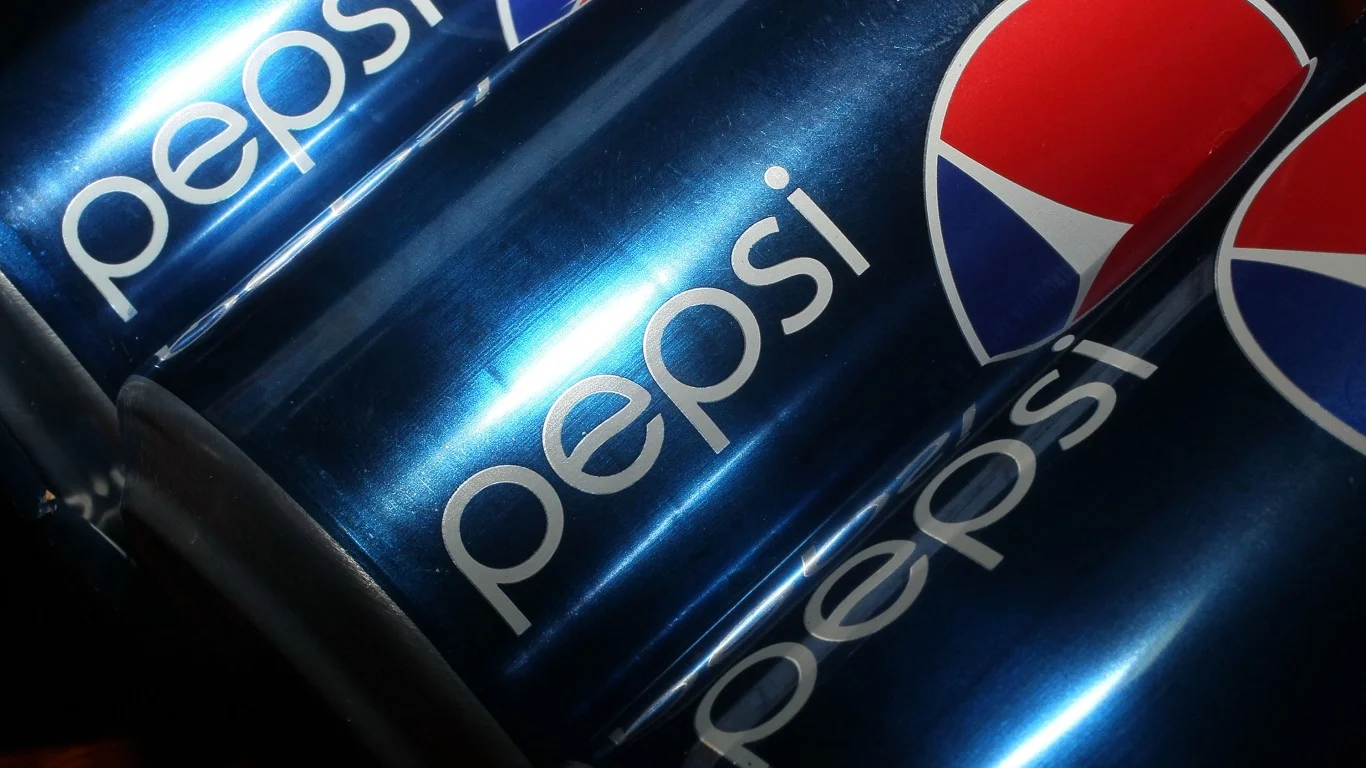
10. Juicy Juice 100% Juice Apple (cardboard box)
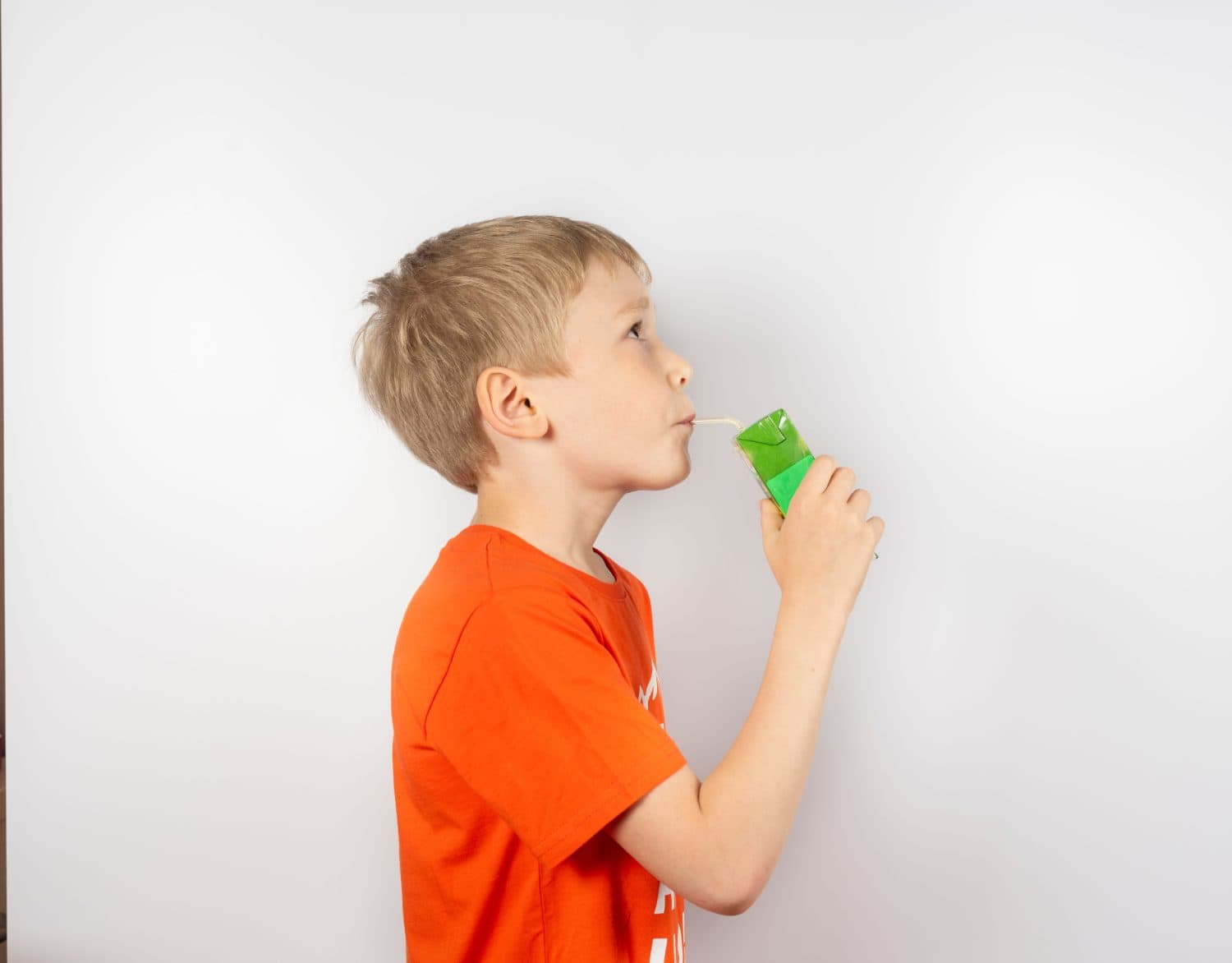
11. Gatorade Frost Thirst Quencher Glacier Freeze (plastic)
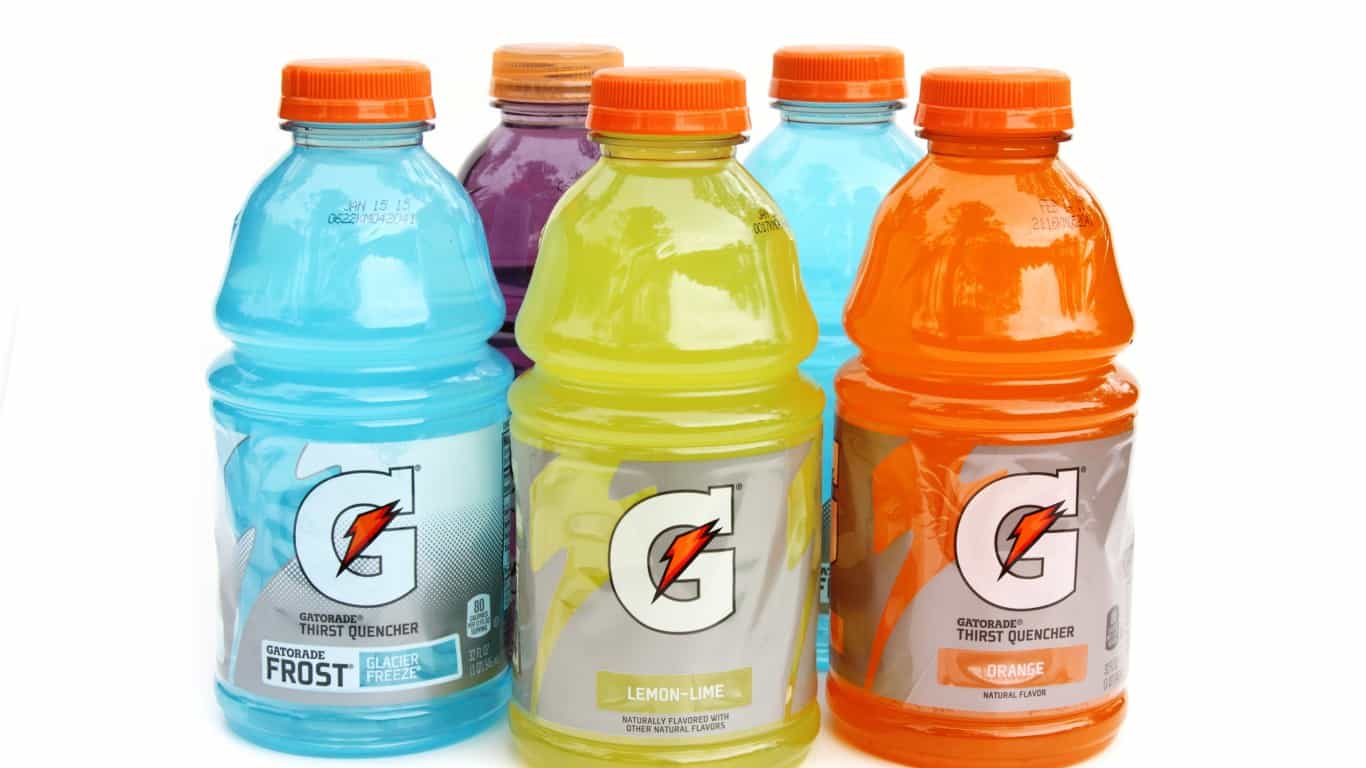
12. Polar Seltzer Raspberry Lime (can)
